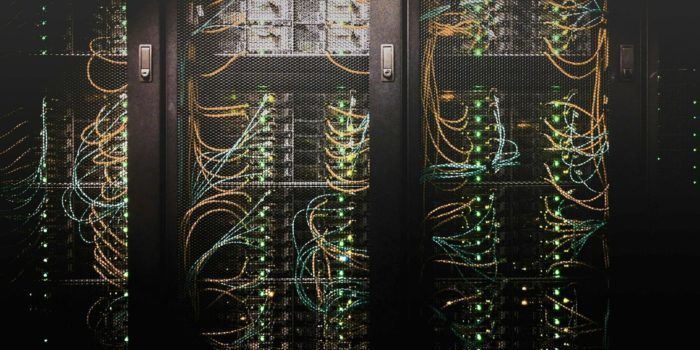(The average American’s energy bill could increase from 25% to 70% in the next 10 years without intervention from policymakers, according to a recent study from Washington, D.C.-based think tank the Jack Kemp Foundation.
According to reports, America is facing an energy crisis, with demand for energy soaring due to the proliferation of artificial intelligence and hyperscale data centers, which can use as much energy as almost 40,000 homes.
The boom in advanced manufacturing and the movement toward electrification are further driving up the costs due to supply and demand.
Written by economist Ike Brannon, a senior fellow at the Kemp Foundation, and economist Sam Wolf, the report explains partly why so many utilities and regional transmission organizations are having to get creative to meet demand.
“During the previous two decades, power demand in the United States scarcely grew as the U.S. shifted from a manufacturing to a services economy,” the authors wrote.
However, the sharp increase in demand is eating up the spare capacity in the U.S. power grid, which helps protect against brownouts and blackouts in the case of extreme weather and temporary outages by power plants.
That increase contributed to a huge spike in capacity market prices at the most recent auction held by the Mid-Atlantic regional transmission organization PJM.
Prices jumped from $29 to $270 per megawatt-day “across the PJM region” and from $29 to $444 in parts of Virginia, home to more than half of the nation’s data centers, according to the study.
Aaron Ruby, a spokesperson for Dominion Energy, a major East Coast utility company and the primary utility in Virginia, disagreed with the study’s claim that prices could rise to 70% in the next decade, saying the number was “way off” for the commonwealth.
“We just released a 15-year plan forecasting residential electric bills through 2039, and they’re only projected to grow by about 2.5% a year, which is lower than normal inflation,” Ruby wrote in an email to the Center Square. “Our residential rates are among the most affordable in the country. They’re 14% below the national average.”
But the surge in power demand from data centers is projected to be so great that the study’s authors argue the center cannot hold (while acknowledging that rate-setting is “inherently political” and “difficult to forecast” and that it’s “unclear who will bear the cost of these price increases”).
“In Virginia, the high regulation of price and capacity has kept the increased demand from data centers from impacting prices paid by ordinary consumers, but such insulation cannot hold much longer without risking service interruptions or brownouts,” the report said. “As data center growth expands, price increases may need to flow through to consumers more rapidly.”
In Maryland, electricity bills “are projected to increase by somewhere between two to 24% in 2025, depending on the region,” the authors added.
Other states—including Georgia, Ohio, Texas, Illinois and Arizona—may come to resemble Virginia in the years ahead, according to the study.
The report’s authors suggested that policymakers should craft and implement policy that would make data centers part of the solution to the disproportionate demand they place on the grid, such as charging them more for the energy they use.
“To ease the burden on households and small businesses, AI companies should be required to bear the additional costs of the energy they consume,” the report said. “This could include charging data centers higher fees to reflect their disproportionate impact on electricity markets.”
Brannon and Wolf also recommended that state and local governments stop subsidizing data-center construction—arguing that the economic benefits weren’t worth the cost to taxpayers—and that utility providers start including minimum take clauses in their contracts with data centers.
“A minimum take clause guarantees a minimum payment from a utility user—such as a data center—regardless of how much energy it purchases, which provides the utility with a modicum of revenue certainty,” the authors wrote.
The study concluded with several other recommendations, saying that “paying for grid modernization… can be accommodated within existing rate structures, but only if the data centers bear their proportionate share of these costs.”

